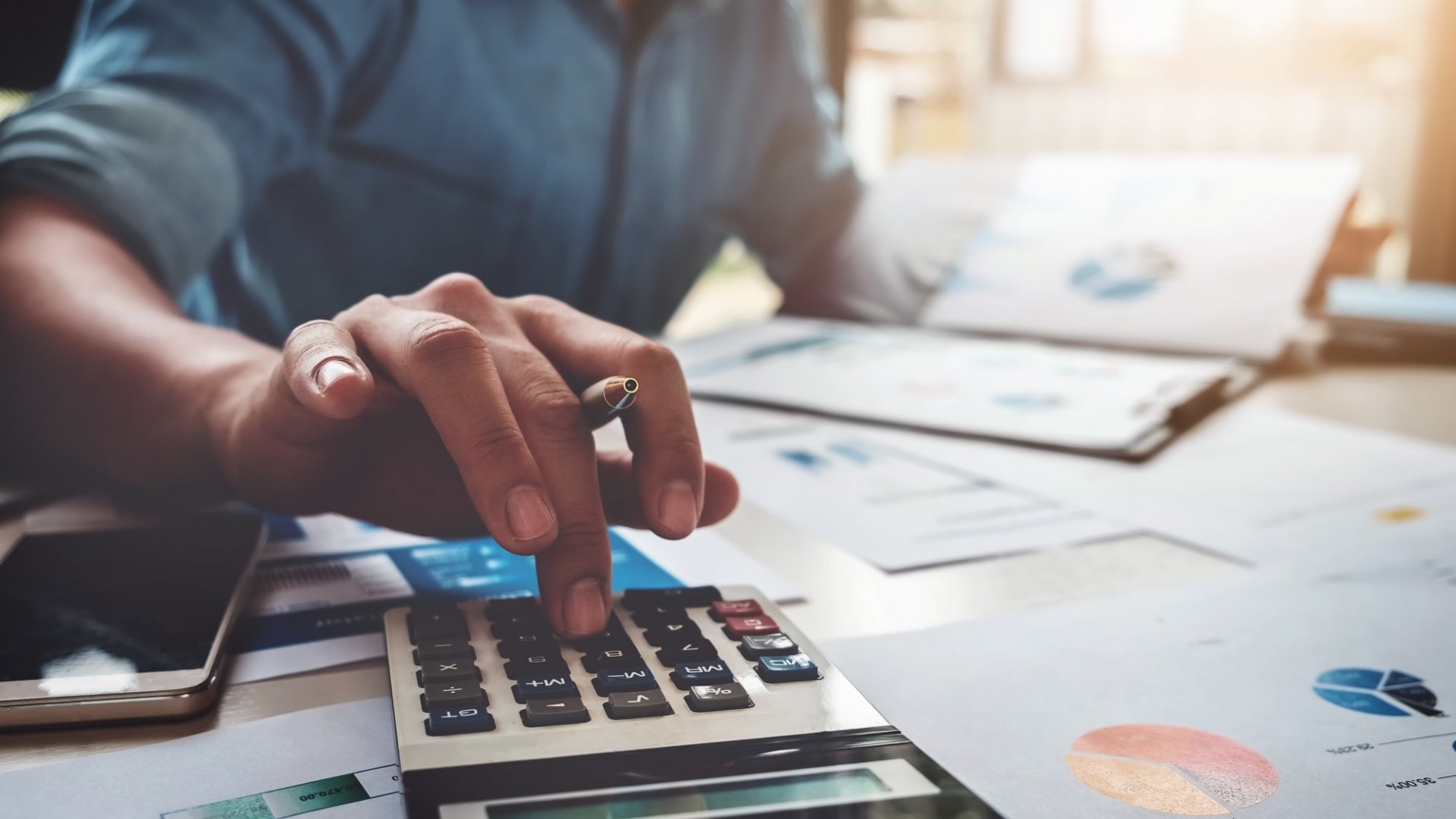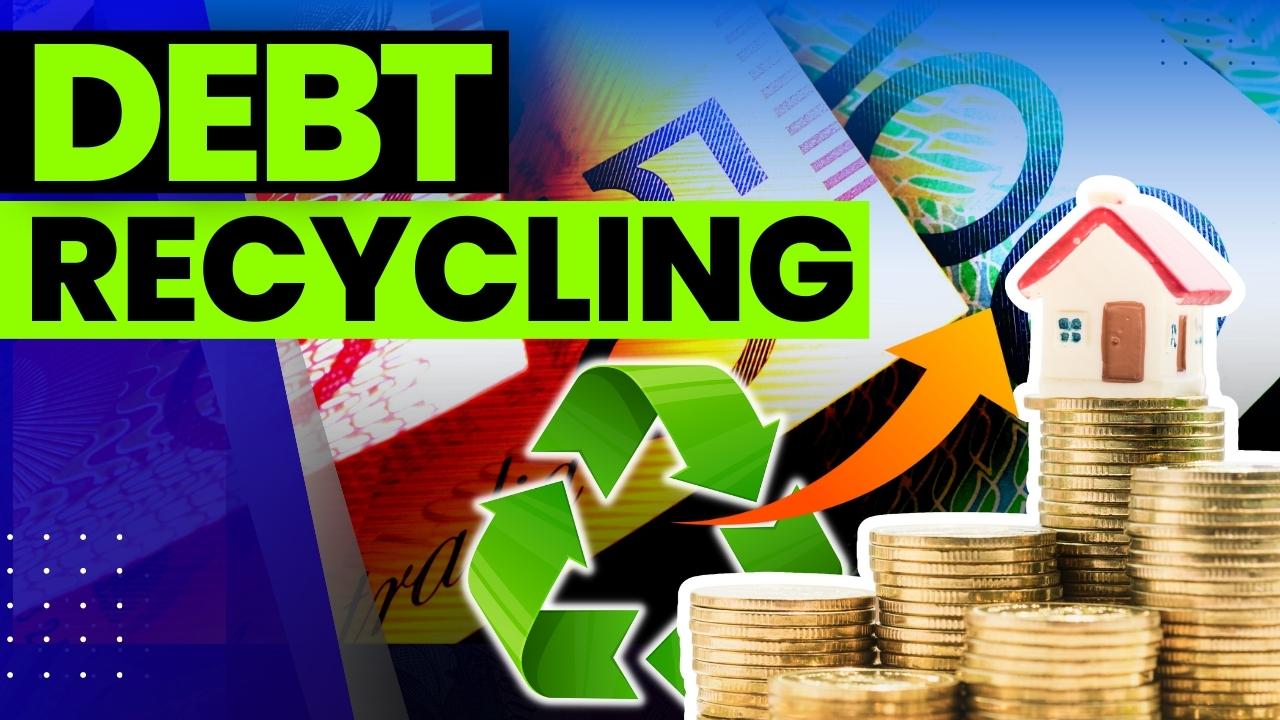
Wealth Building 101: The Role of Debt Recycling in Financial Planning
In today's society, the pursuit of wealth and financial success has become a common goal for many individuals. However, achieving true wealth requires more than just earning a high income…[...]
Read More
